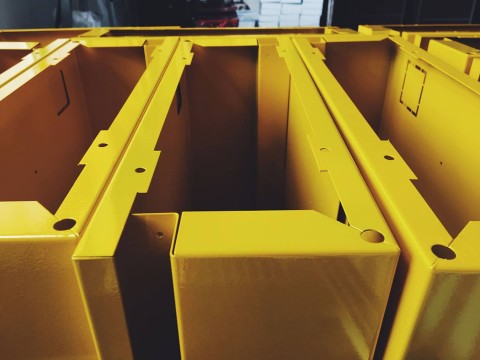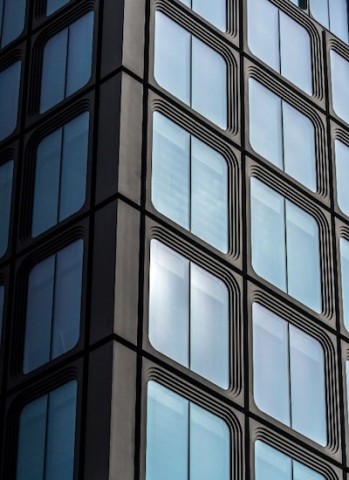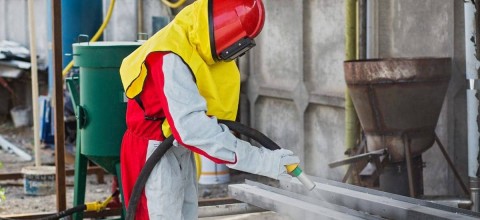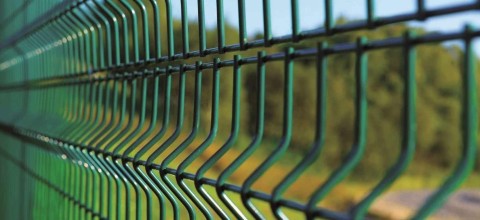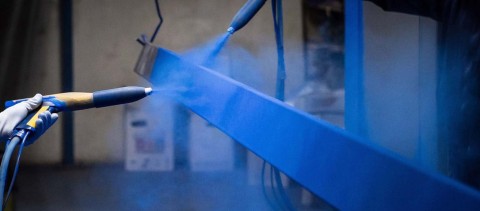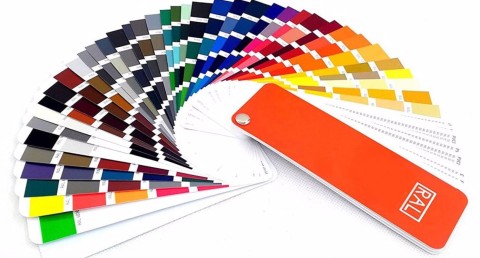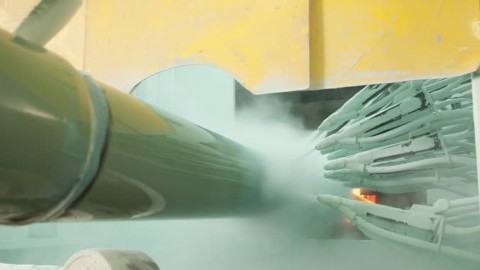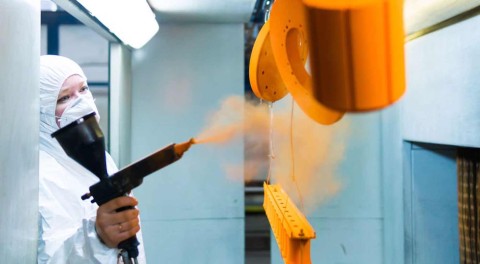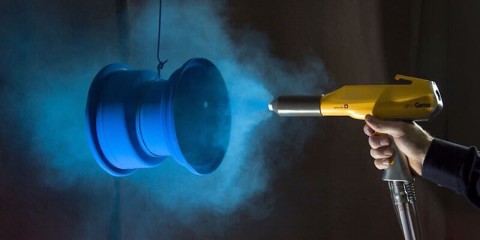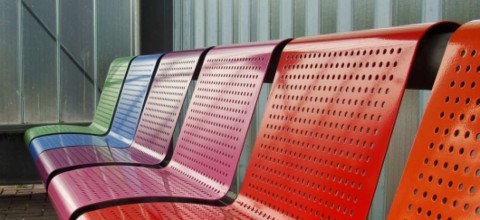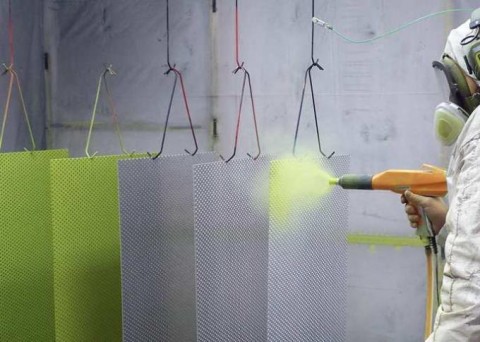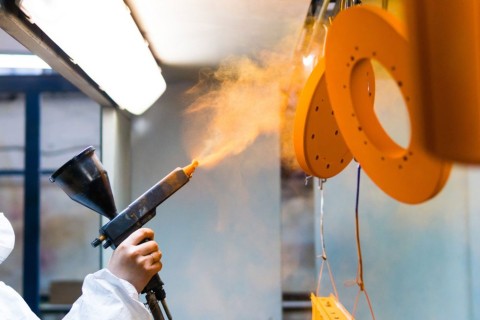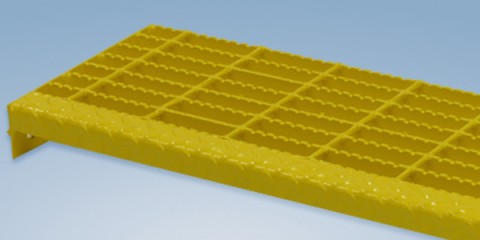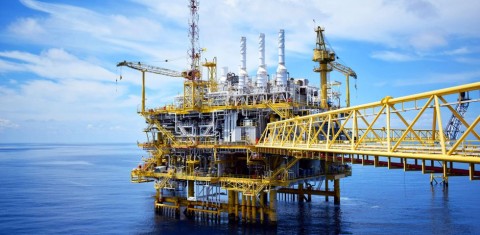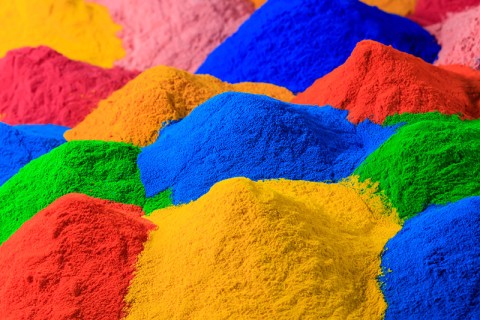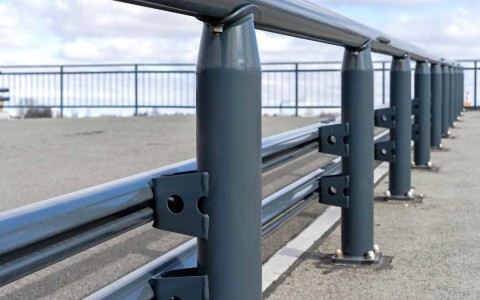Along with the venture into plant-based (also known as bio-based) and low temperature curable powders, the powder coating industry in Houston is taking other strides into the sustainability and economic impact of their industry.
Hyper-durability is easily the most effective way to impact the sustainability of an industry. Having to do frequent recoats is labor-intensive, cost-ineffective, and unsustainable. Product failure due to ineffective coatings is antithetical to the sustainability movement. A hyper-durable coating ensures that products need to be coated less frequently, and the products themselves last longer as well. Powder coatings are graded on their corrosion resistance and their UV resistance to measure their overall durability. Different durability ratings determine what industry powder coatings can be used for and what environment they perform best in. UV intensive areas such as Houston would do better focusing on powders with higher durability ratings according to the AAMA (American Architectures Manufacture Association).
Interest in anti-microbial coatings has surged over the past few years as well (for obvious reasons). Powder coating distributor Keyland Polymer has developed an anti-microbial powder that is UV curable. This new powder can be completely cured within minutes at 100-125 degrees Celsius. Keyland Polymer’s entire UV line now has the added benefit of being antimicrobial, called UVMax Defender. Using a silver ion technology, UVMax Defender reduced the reproduction of bacteria like E. Coli and Staphylococcus by 99.99 percent. This would be hugely beneficial for hospitals and other medical facilities, long-term care facilities, grocery stores, food prep areas, and public restrooms. Whatever your powder coating needs are, Houston Powder Coaters is sure to leave you satisfied.


